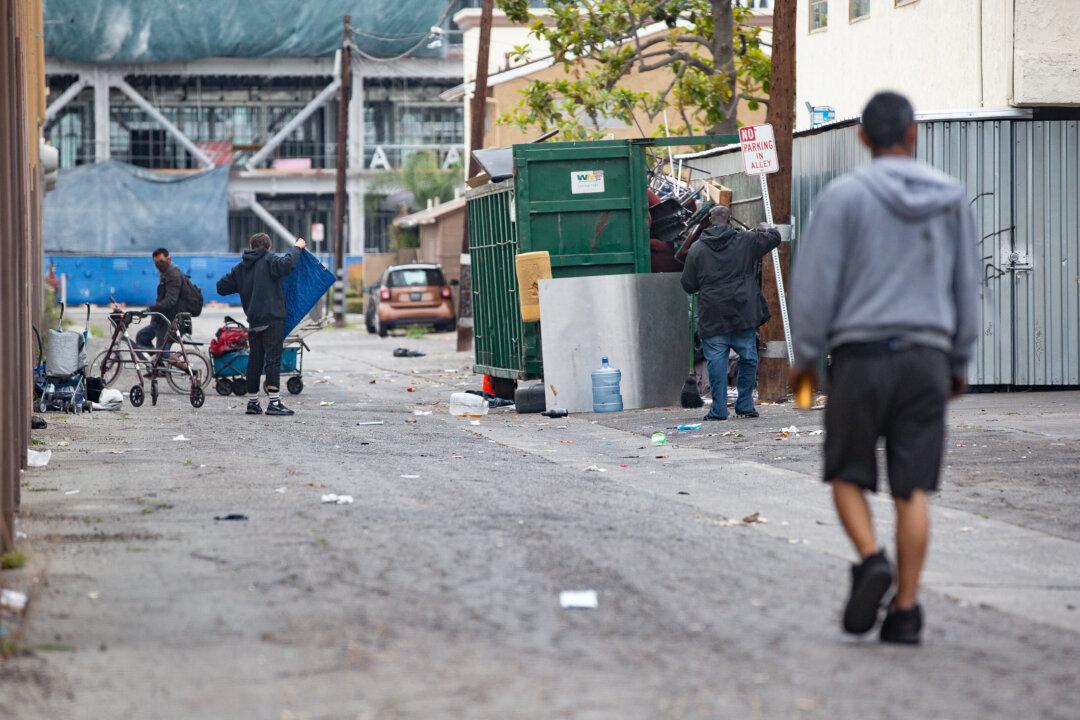Officials say that Orange County’s new online data platform, the OC Equity Map, has been a useful tool in highlighting social and health disparities amidst the COVID-19 pandemic in recent months, but it could soon be used for more.
In addition to utilizing the map for COVID-19-related planning and the implementation of strategies, officials will be able to continue to assess the long-term ramifications of the pandemic in communities across Orange County, and that the map will help them to assess other societal impacts.





